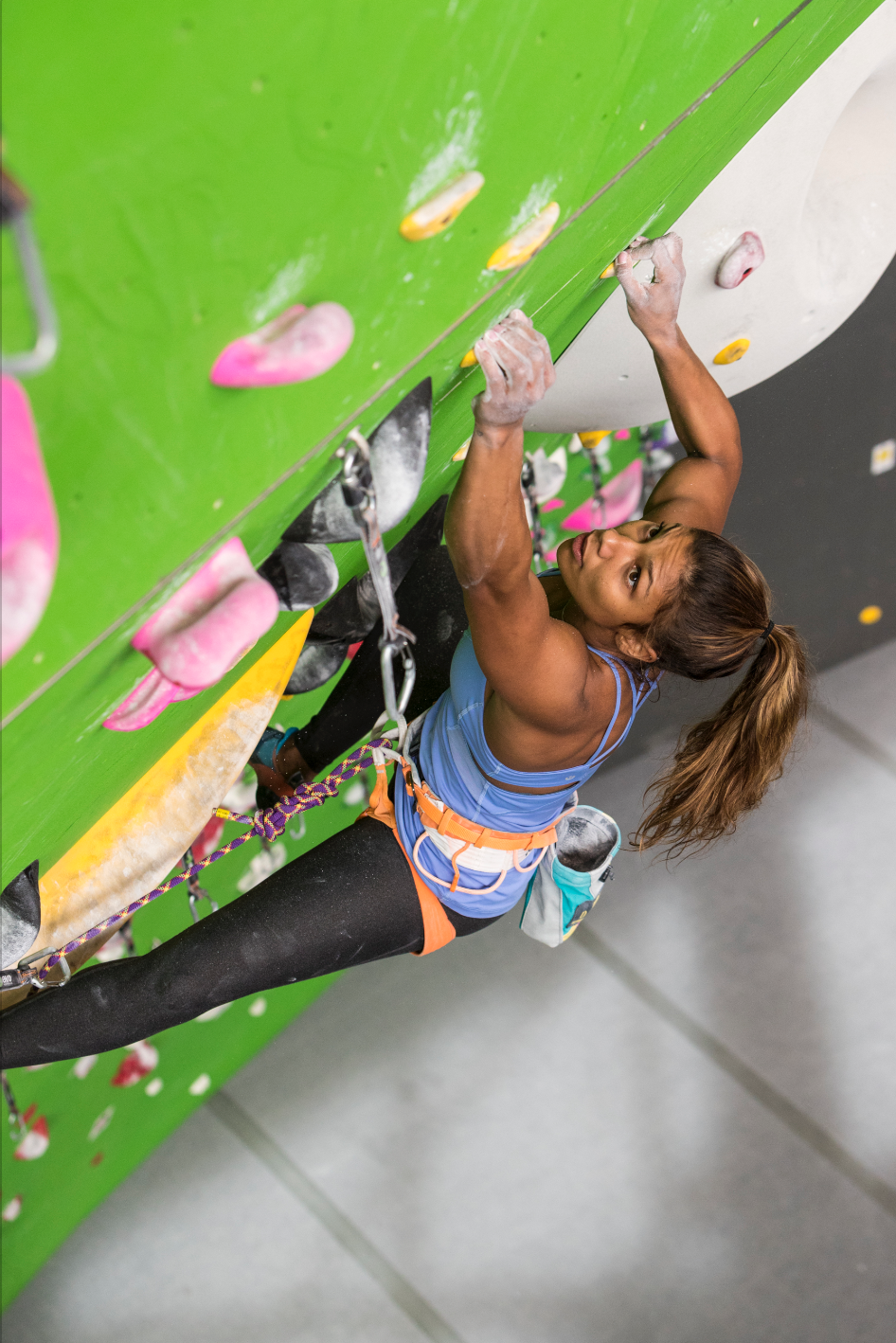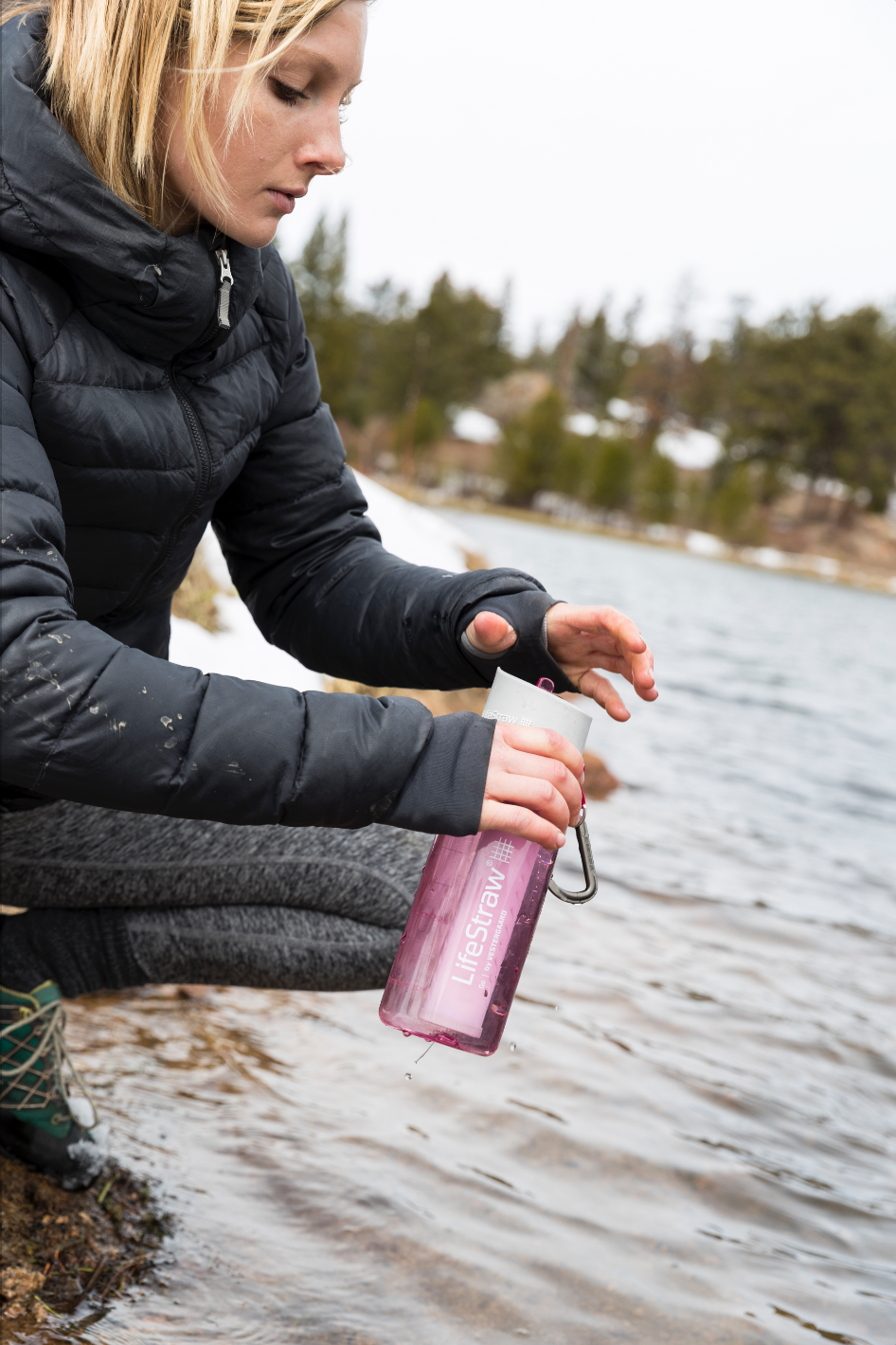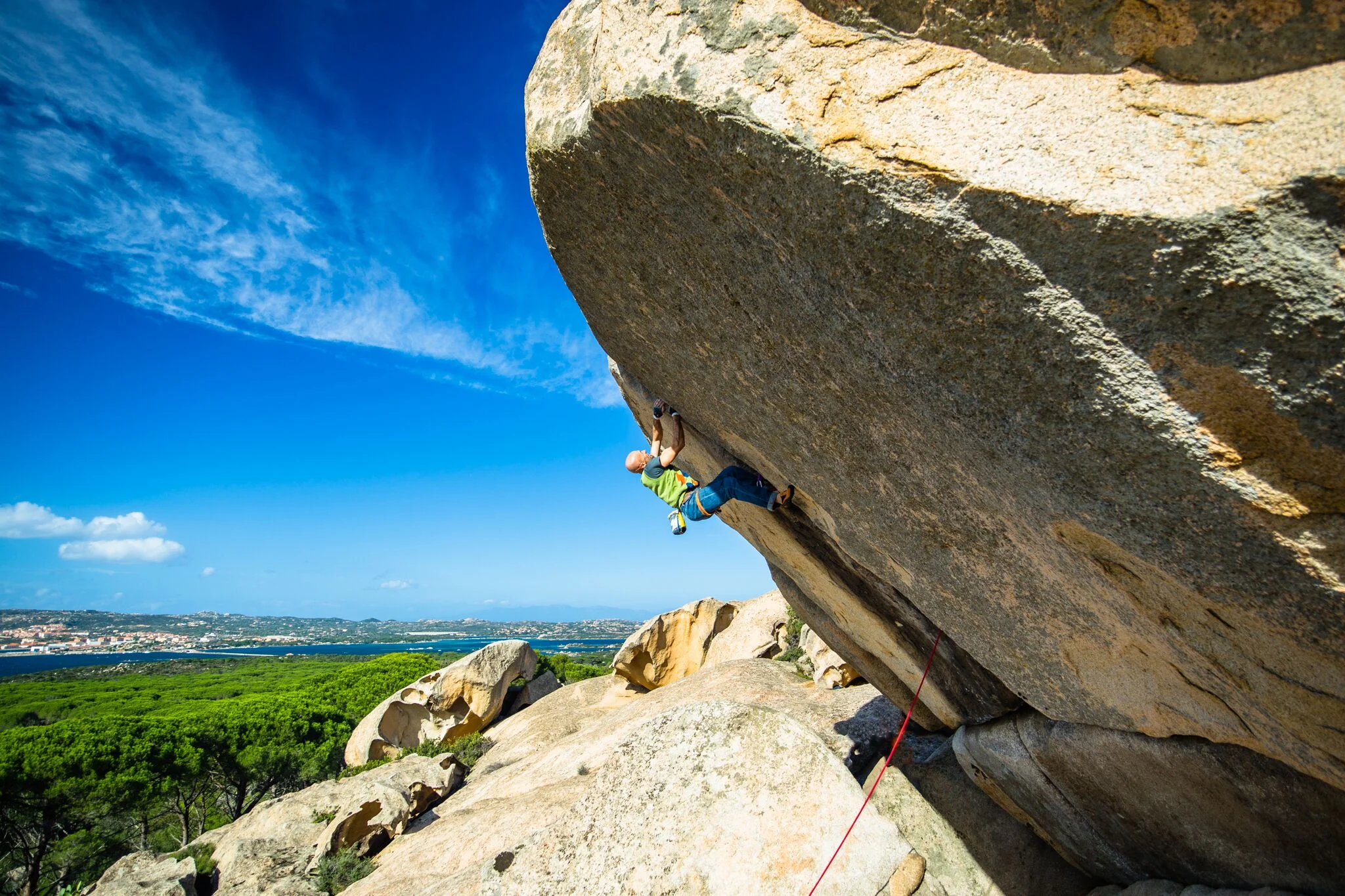5 Things to Remember When Going to Outdoors from the Gym
Climbing has changed a lot over the past few decades. What started as an outdoor sport, transitioned into an outdoor sport with indoor practice, and now has separated into two entirely different sports: indoor and outdoor climbing.
This change has occurred for a variety of reasons: more gyms, more climbers, better marketing and media to inform new potential customers about indoor climbing, more competitions, more climbing companies, more sponsorship opportunities, more climbing focused media, climbing getting accepted into the Olympics, the morphing style of competition climbing, coaching, training and more.
Just as other extreme sports like skateboarding and snowboarding started in a grunge-era, with rebels and outcasts trying to do their own thing, climbing started similarly. However, these sports have adapted over time to be socially accepted and legitimatized, bringing in more money, more opportunity and many other changes along the way.
One of the most significant changes is that climbers once learned to climb outside and would practice in a gym, and now climbers learn in a gym and sometimes venture outside. They have the opportunity to climb anywhere there is a gym, climbing is not dependent on sunlight or weather; it’s about convenience, fitness, and improvement. In general, climbers are getting stronger at a faster pace, more focused on grades and pushing the limit, but even these climbers still rarely translate their skills and psyche to outdoor rock.
So what are the five things to remember when transitioning from indoor climbing to outdoor climbing to stay safe, have fun, and climb successfully? The following list will encompass both rope climbing and bouldering:
1. Bolting and Quickdraws
You will more than likely have to put the quickdraws on the bolts, the bolts are typically MUCH further apart than usual, and you might have to set up an anchor system at the top. These changes create an added level of strength and stress, and also makes the overall rope climbing process much slower.
To get used to the changes, start slow, don't just jump on the grades that you usually climb in a gym because you will get much more tired from putting in the quickdraws and possibly more fearful with the distance between bolts. Take your time and stay safe.
2. The Routes and Holds
Outdoor routes are not set by color. There is no tape. There is often not a way to map out the beta from the ground- whether its a rope climb or a boulder. The holds will be unlike any you have ever felt because every piece of outdoor rock is slightly different. Things might be dirty, or slippery or even loose.
Plan as well as you can before you start, go slow, be cautious, take the time to look around you and assess the best options for getting to the top. With a rope climb, you might end up needing to go side to side and up and down to get into proper clipping stances and find the most straightforward way up; it won't always be logical and basic.
With a boulder problem, the top out might be the hardest part, or a crux hold might be super weird or slippery; take your time and be smart, don't throw yourself at a hold without control because they won't be as friendly on your skin and you might have a horrible fall.
3) Belaying and Spotting
Often the belayer cannot see or communicate with the climber; this means that you need to have some sort of system together and pay very close attention. With spotting, make sure you put the pads where you want them, and if you aren't sure, ask the people you are climbing with where they think is the best.
Think about the moves that look the most difficult from the ground, if you were to fall, where would your body go. For that move, what position do you think you’ll be in and if you fall, how would you fall? These assessments will help you figure out the pad and spotter placement. Don't be afraid to tell your spotter when you are scared, when you think you might fall, that you might fall somewhere unexpected and “hey can you move the pad a bit, this move is harder than I thought.” Leave your pride at the door
4) Things to Pack with You
What to pack when you climb outside: When climbing outside preparation is essential. Do you have enough food? Enough water? Bug spray? Enough warm clothes? Tape and band-aids for your skin? A chalk brush and chalk? Did you bring all the climbing stuff that you will need for the day? Maybe you want to pack a camera? Did you bring a headlamp?
Do you know where you are going and have a way to find the climbs? It’s better to be over prepared than under prepared so think about what you will need, invest in a pack that fits those things, and have yourself an outdoor adventure!
5) Pick Your Climbing Partners Wisely
You are about to spend the majority of the day with this person or these people. If it's a climbing trip, it might be a weekend or even a whole week. Think about the energy that those people put off. Do your personalities fit for long periods of time, what about when you are not climbing (there are rain days, rest days and car trips) can you tolerate that person? Will they make a good roommate if its a trip? Are they good at spotting, encouraging, and providing you with trust, but at the same time do they uphold their end of the deal and try climbs that make sense and don't put either of you in risk.
They need to not only be a good support system for you but have to make sure that, as a unit, you don't get in over your heads and enter a situation that is unsafe. Is that person respectful of others and the environment around them? A lousy climbing partner can ruin any outdoor climbing experience, and unlike indoor climbing, there often are not a bunch of other options nearby or the possibility to climb solo, or even leave when you want to. Don't get yourself in a dangerous situation with your partner choice
Text and photos by Alexandra Kahn
27 Crags topos are made by local climbing area developers and enthusiasts. From the .premium subscriptions 50% of the income will go straight to the topo authors who are doing extremely important job in developing the climbing areas.
Join the community here and get a free trial of 200+ topos!
Interested in making topos? Don't hesitate to send us an email: tim(at)27crags(dot)com










